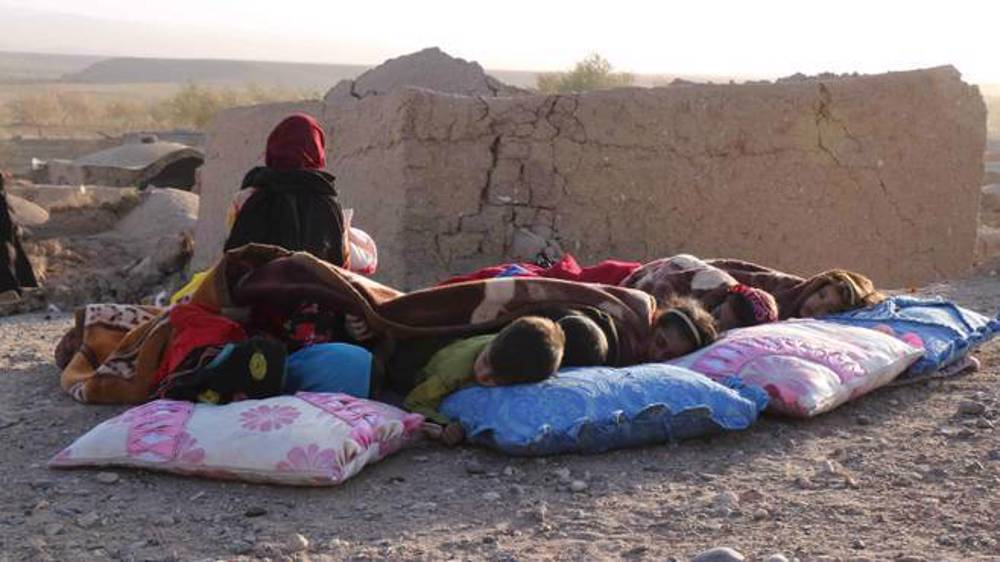The death toll from a series of earthquakes in Afghanistan that has hit the northwestern part of Afghanistan has risen to one thousand, officials said.
Afghanistan Disaster Management Authority’s spokesperson Mullah Janan Saiq said the death toll could further rise, adding that the tremors caused heavy damage in northwestern Herat and Badghis provinces.
“Three villages in Herat province were completely destroyed and hundreds of people are still trapped under the debris,” Saiq said.
He added that it was difficult to ascertain the exact number of casualties, but so far the figure of 1,000 was reported by local officials.
Herat regional hospital was flooded with injured people from across Herat and nearby provinces on Saturday evening. Dozens of people were being treated outside the hospital after the 600-bed hospital reached capacity by the afternoon local time.
Telephone connections were down, causing difficulties in obtaining precise details from affected areas.
Videos posted on social media showed hundreds of people in the streets outside their homes and offices in the city.
Three massive earthquakes in the early hours of Saturday and several weaker ones rattled the western region of Afghanistan within a half-hour timeframe.
The most recent earthquake measured 6.2 on the Richter scale and was recorded at 12:42 pm. Before that, a 5.6 magnitude quake occurred at 12:19 pm, preceded by a 6.1 magnitude tremor at 12:11 pm.
The epicenter of this seismic activity has been pinpointed 7km deep and 40km distance northwest of Herat city, Afghanistan’s third-largest city, which is located 120km (75 miles) east of the border with Iran. An estimated 1.9 million people are believed to be living in the province.
The quake was felt in the nearby provinces of Farah and Badghis and some nearby Iranian towns such as Taibad and Mashhad. Tremors were also felt in neighboring countries such as Tajikistan and Uzbekistan.
The country is frequently hit by earthquakes, especially in the Hindu Kush mountain range, which lies near the junction of the Eurasian and Indian tectonic plates.
In June 2022, Afghanistan’s deadliest earthquake in two decades killed at least 1,000 people and injured about 1,500 more.
Afghanistan is already in the grip of a grinding humanitarian crisis due to the widespread withdrawal of foreign aid since the Taliban returned to power in August 2021.




